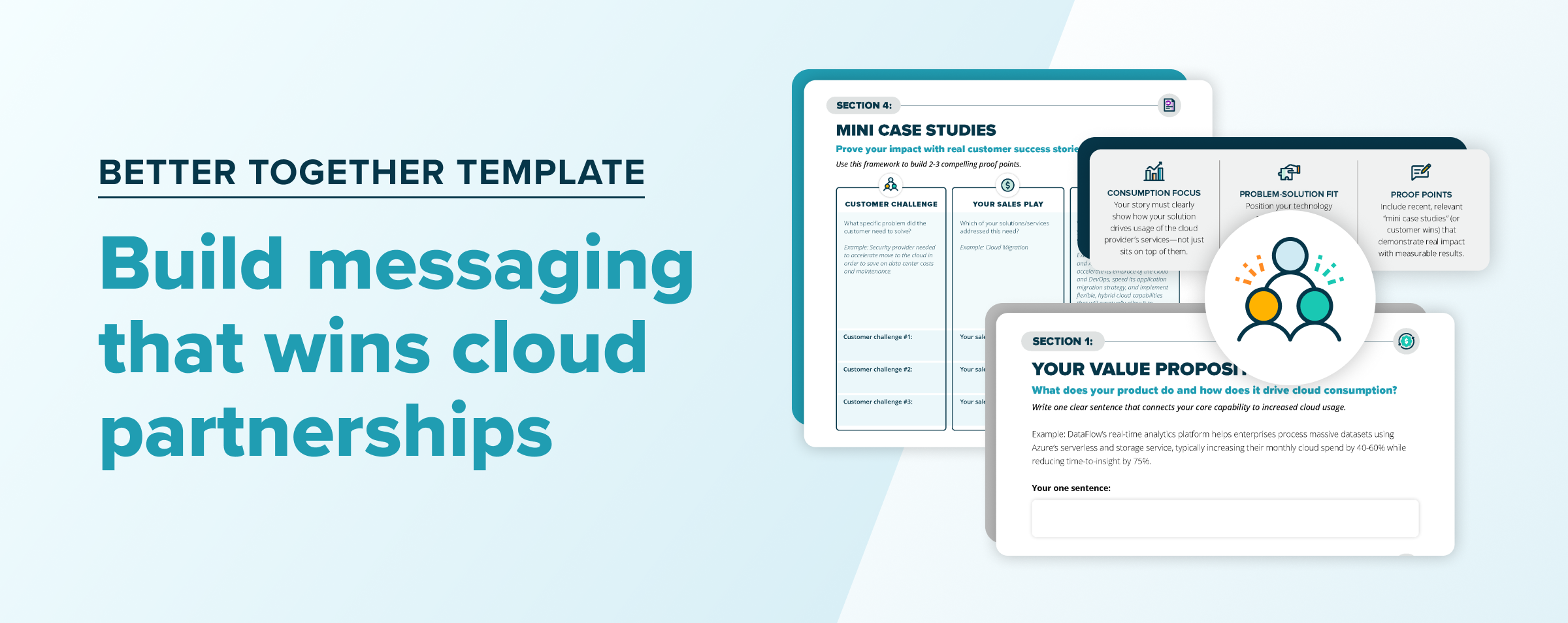Reports
Read the latest data and in-depth reports on the current and future state of Cloud GTM as a go-to-market channel from Tackle, the first end-to-end Cloud GTM Platform.
Select Category:
Filter By:
Marketplace (8)
Topic (65)
Reports
Select Category:









